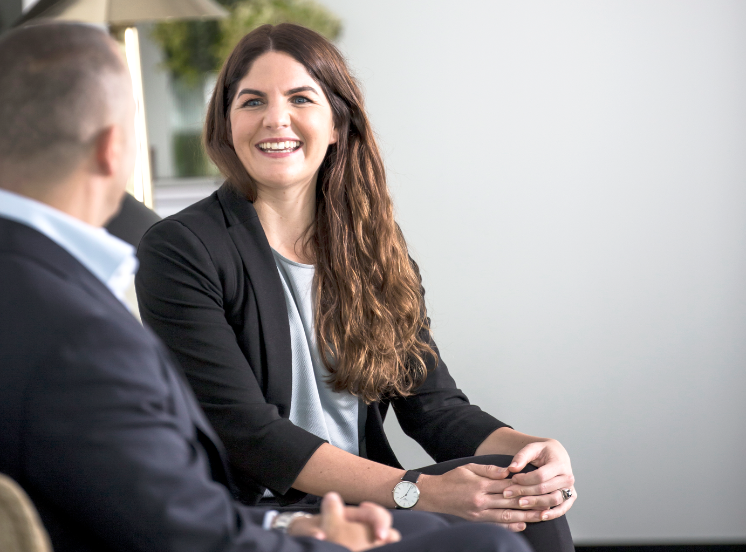




An article in the Australian Financial Review a few months ago resurfaced recently and got me thinking. The article highlighted retirees who had put their super into term deposits and were now finding it very difficult to meet their income needs given the continued drop in interest rates.
The article concludes with retirees explaining how they are now placing more of their investments into higher risk fixed interest assets to ensure they can continue to eke out enough income to live.
The current one-year term deposit rate is around 2% per annum, whereas the current annual inflation rate in Australia was 1.6% at the end of June.
I understand retirees invested in term deposits wanting to keep their capital safe and to live off whatever income they can generate. However, when doing so, they are not considering the continual rise in the cost of living.
Inflation is eating away at their capital because their assets are barely earning enough to even keep up, let alone provide enough income to them. And after all, for many people retirement could last up to 25 years or more.
One alternative is to design a portfolio of investments that provides reliable income but also some growth in the value of investments to offset the impact of inflation and protect the real value of retiree’s capital.
This will involve retirees investing in assets such as property and shares. To those who experienced the Global Financial Crisis as retirees, the thought of having their hard-earned superannuation invested in such assets may be cause for alarm. However, since 2009 share markets and property markets around the world have recovered strongly from their lows and in the main have gone on even higher.
This highlights that maintaining a spread of assets across all asset classes (cash, fixed interest, shares, and property) can provide long term protection against the impacts of inflation.
A spread of assets is important but re-balancing your investment portfolio back to that target asset spread is equally important. Without rebalancing, your portfolio will develop skews to and from different asset classes as their prices fluctuate over time.
Rebalancing the portfolio re-establishes the original asset spread, which can lead to taking profits when asset prices have risen and buying other assets when their prices have fallen. A methodical and unemotional approach to investment is required to ensure successful portfolio rebalancing.
In a low-interest-rate environment, there is no panacea for solving the income problems of retirees. Protecting capital from loss is an important part of retirement investment planning but should not come at the expense of loss of inflation protection.
At Hewison Private Wealth we design investment portfolios to achieve our client’s individual goals. This means tailoring their portfolios to carefully consider their income needs as well as their desire for asset protection.
If you think you could benefit from tailored investment advice, don’t spend all day thinking about your future, we can do that for you. Connect with one of our professional Private Client Advisers today HERE.
Hewison Private Wealth is a Melbourne based independent financial planning firm. Our financial advisers are highly qualified wealth managers and specialise in self managed super funds (SMSF), financial planning, retirement planning advice and investment portfolio management. If you would like to speak to a financial adviser on how you can secure your financial future please contact us 03 8548 4800, email info@hewison.com.au or visit www.hewison.com.auPlease note: The advice provided above is general information only and individuals should seek specialised advice from a qualified financial advisor. The views in this blog are those of the individual and may not represent the general opinion of the firm. Please contact Hewison Private Wealth for more information.